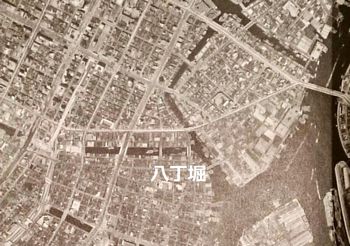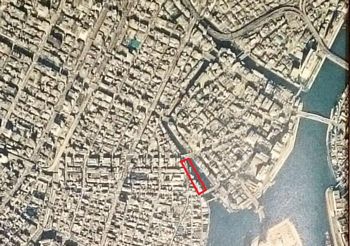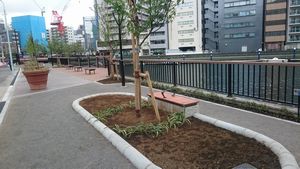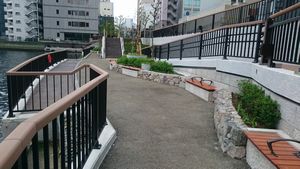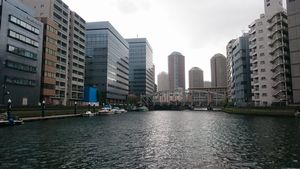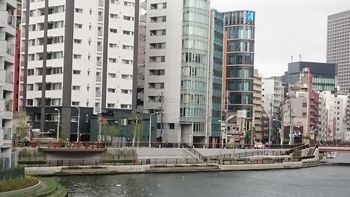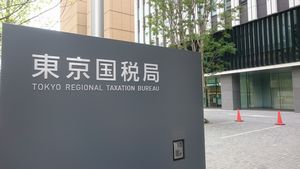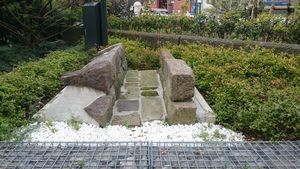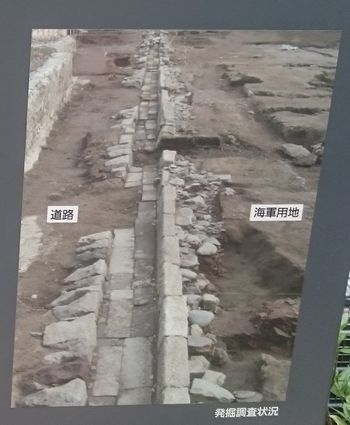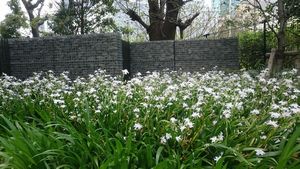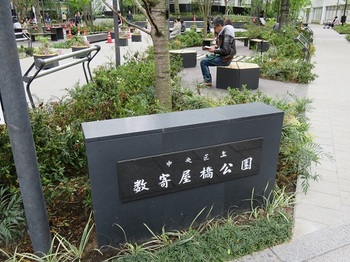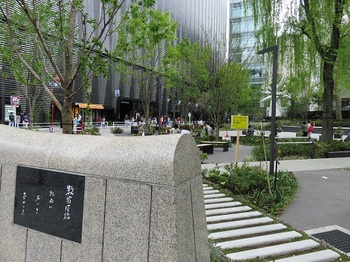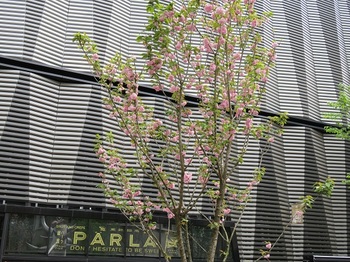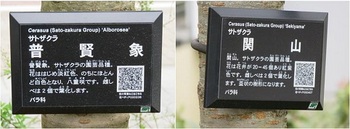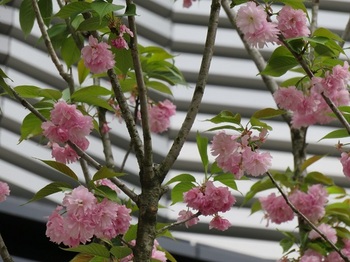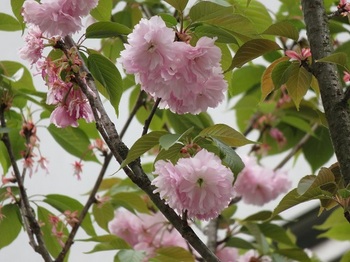The cherry blossom season is over again this year, and we strolled around Tsukuda Park, which is entering early summer. The photo doesn't look different, but for the elderly, if you think about how many times you can see the cherry blossoms later, you can feel the taste of peanuts. (Hereinafter, photos are taken on April 13, 15:30-16:30).
In Ishikawajima Park, a "birth memorial tree" that can be handed by Chuo-ku is planted. Anjiro Ozu's work is set in the Kansai area called "Autumn of the Kobayakawa Family", but in this last scene, while watching the smoke coming out of the brick chimney of the crematorium, Chishu Ryu and Yuko Mochizuki, Even if a person dies, a new expression will be born later, saying, "I'm deeply moved." For an old man like me, looking at such a "birth memorial tree" reminds me of this expression "senguri, senguri".
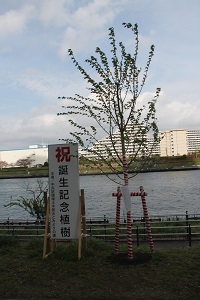
In Tsukuda Park, cherry blossoms are almost turned into cherry blossoms.
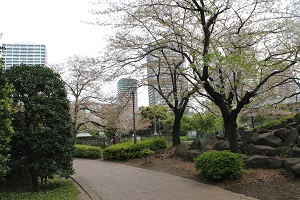
Sumiyoshi-jinja Shirine
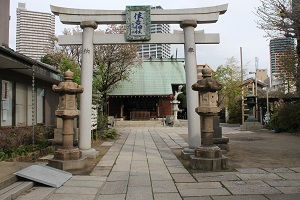
Below, we look at the part that describes the front and back of the cherry blossom season in Kafu's "Shokutei Nijo".
April 4, 1918 (1918), "Han Yin Hanharu. I'm going to open it to the cherry blossoms."
April 16 "Half cherry blossoms at Yasukuni Shrine fall."
March 25, 1919, "Sakura blossoms in all parts of the city have already opened."
March 28 "... Walk the Sumizumi embankment. Cherry blossoms have already opened as dots."
March 30 "Look at the cherry blossoms at Tsukiji Honganji Temple. If this temple is new to Dou and has few trees on the precincts and the most scenic spots among the temples in the city, it will be extra.
Despite coming and living in the streets, he never pulled his cane. The cherry blossoms are blooming on this day, and the sight of the precincts is compared to weekdays.
I can add a little sense of painting."
April 14 "... Watch the cherry blossoms at the night of the head of Kudansha."
April 17 "Walking in the afternoon. Walk through Shibakoen after Shaincho Street. The cherry blossoms are full of fresh green drops in the mountains. On the way home in front of Kabukiza Kido
In the past, the color of the flower curtain faded, and the cherry blossoms became young shoots. The spring of the Tokyo gate is not already exhausted."
April 7, 1921 (Taisho 10 (1921) "Wind blowing crazy and rain starts in the evening." Cherry blossoms, the weather is not suitable for holiday every day. 1913 "Okubo Tayori"
When I write, the flowers open and there are many windy days, but I don't remember anything. "
April 13, like the flowers falling and trees, the grass is like the smoke of the tree.
